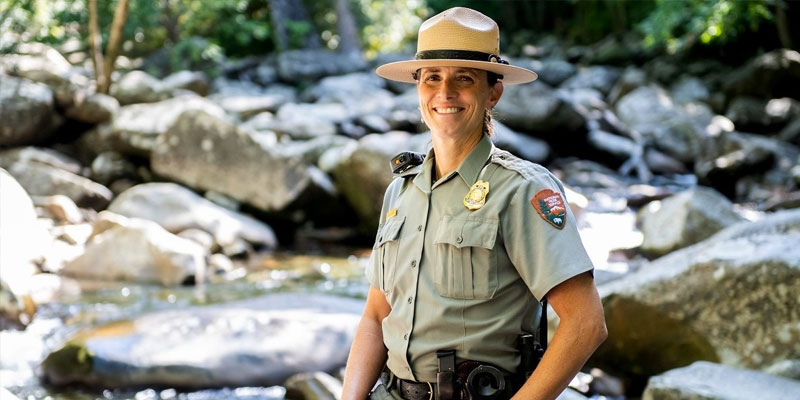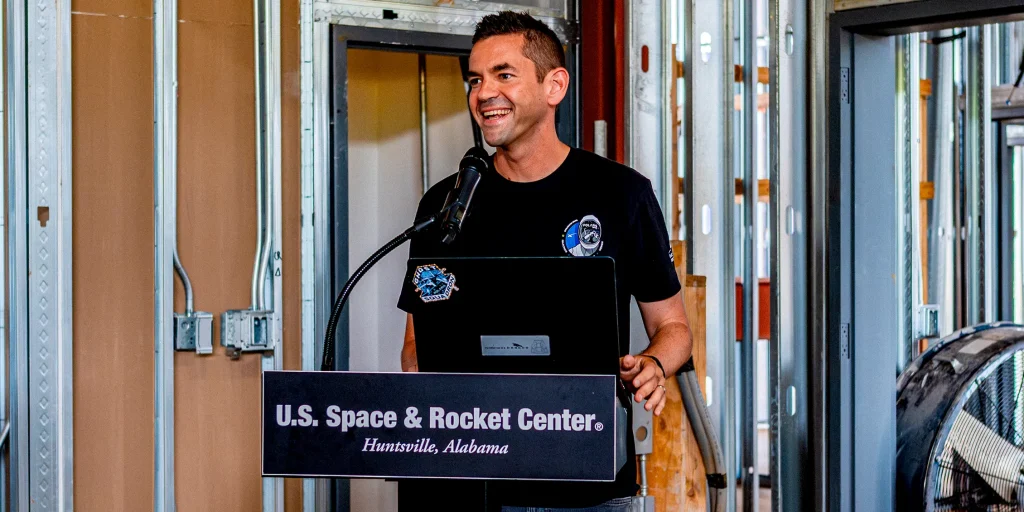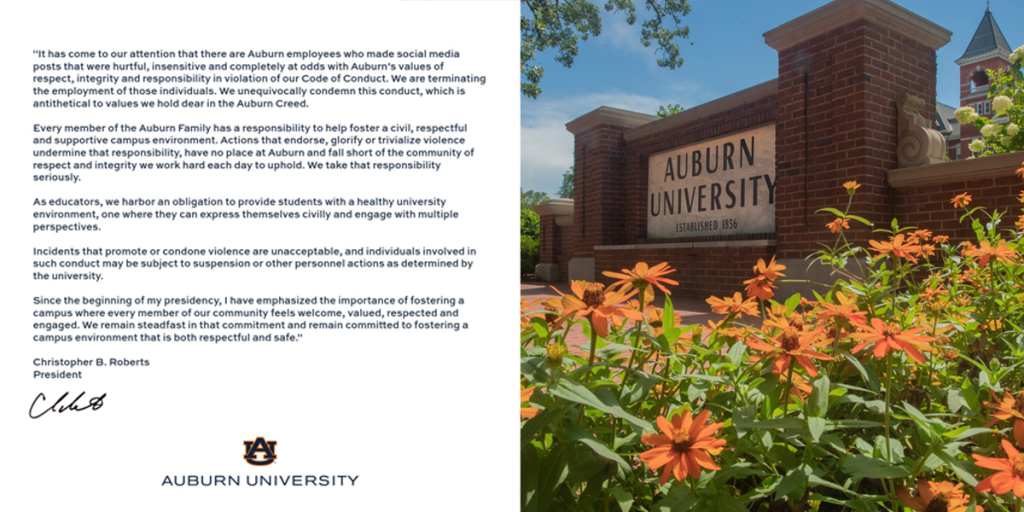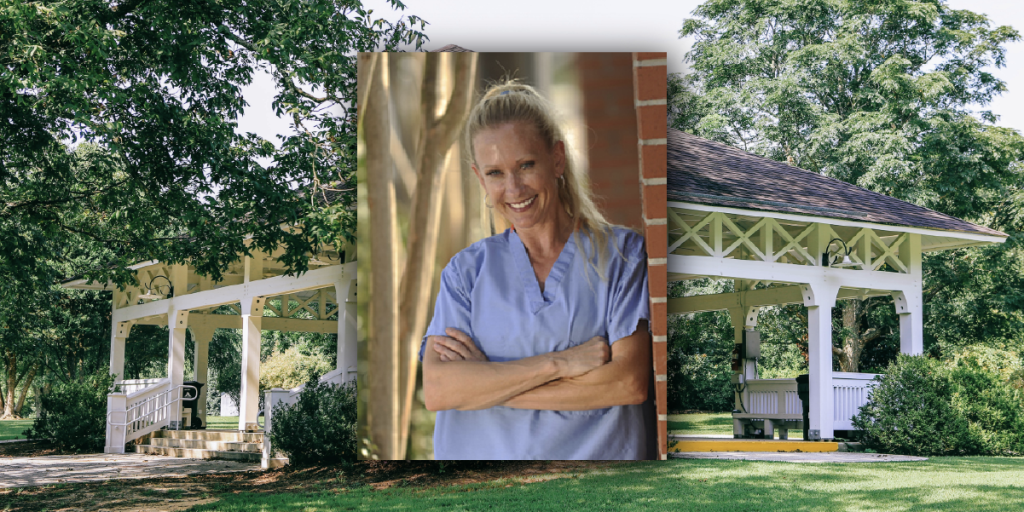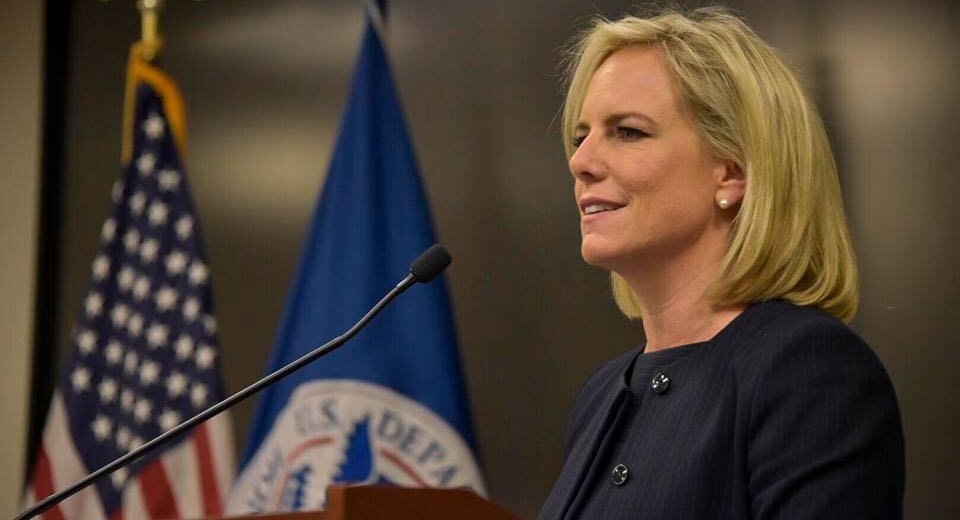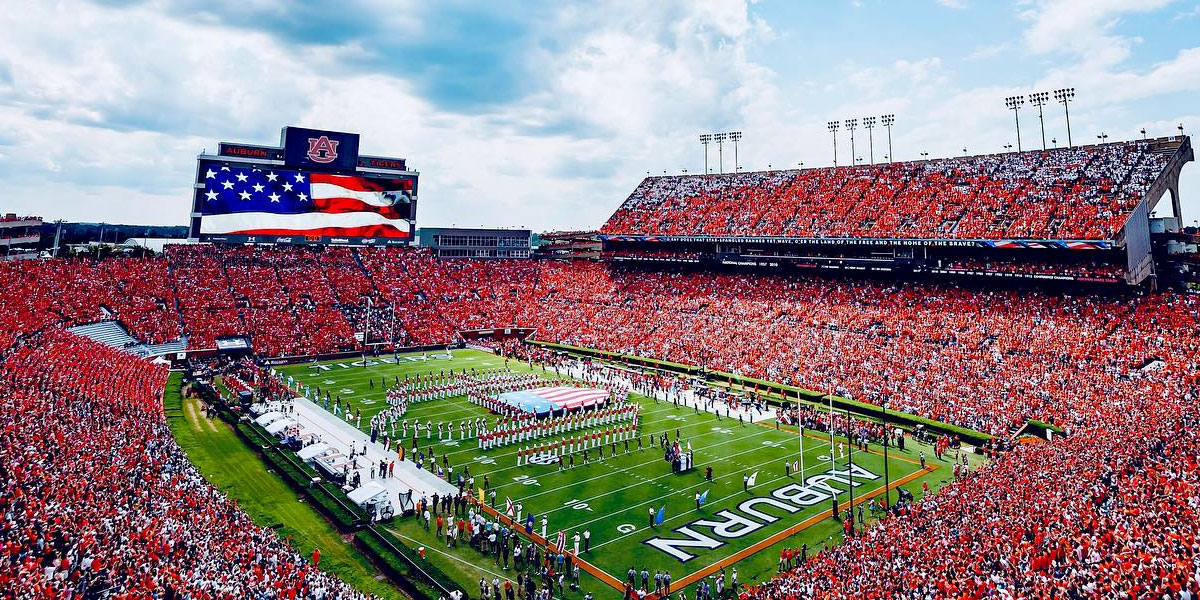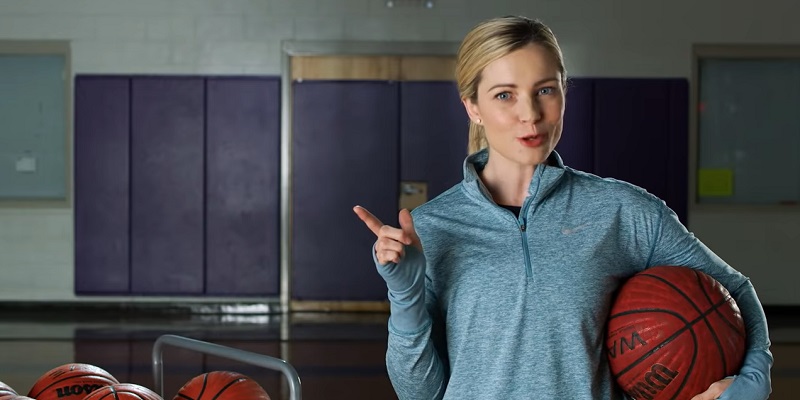Auburn University alumna Lisa Hendy says people are drawn to her iconic hat, but it’s her many hats, so to speak, that led her to be named chief ranger of the Great Smoky Mountains National Park in April.
On a journey that began in her hometown of Chattanooga in the early 1990s, the then-high school senior visited Auburn and made it her home for four years, putting her career path in motion. Her route back home to east Tennessee started after graduating from Auburn in 1994 with a degree in park and recreation management.
Along the way, she worked as a back country ranger in the Grand Canyon National Park; as manager of the Search and Rescue Program and Emergency Medical Services, including helicopter rescues, in Yosemite National Park; and as chief ranger at Big Bend National Park in Texas on the U.S-Mexico border — not to mention her early internships and seasonal positions with Yosemite, Yellowstone, Rocky Mountain, Arches and Canyonlands national parks.
“The National Park Service has the best mission of any federal agency, in my opinion,” Hendy said. “It is the guardian of the nation’s treasures and we want all of this to be here for our kids.”
Hendy is the first female chief ranger at the Great Smoky Mountains National Park, but she downplays that aspect. “I was one of three female chief rangers from other parks who applied for this job, so it’s not an anomaly to have a female chief.”
As for her literal hat, people are drawn to it and want pictures with Hendy and her fellow rangers.
“That’s the good side most of the time, but for park rangers, who are federal law enforcement officers, we must deal with the occasional person who doesn’t follow the law,” she said. “We go to the same training facility as all other federal law enforcement, which serves us well. People tell us things they might not tell a normal officer.”
When asked what causes more problems, people or bears, Hendy left no doubt: “People cause more problems than bears, hands down, like a thousand to one in call volume, literally. When a bear causes a problem, it is usually because of a person getting too close to it.”
Hendy, whose office is in the park headquarters near the Gatlinburg entrance, oversees 45 park rangers as well as the Wilderness Office, which provides visitors with information on backcountry traveling and camping. She also supervises the Appalachian/Piedmont Zone Wildlife and Land Fire Program that serves 22 parks around the Southeast and is headquartered at the Great Smoky Mountains National Park.
“The majority of my time is spent checking in to make sure that everybody else is getting what they need,” Hendy said. “I usually work in my office or go to meetings.
“My best days, though, are in the field with my fellow rangers, but those days are not typical. Being able to listen to them and provide them with what they need and make their jobs easier in whatever way we can, that’s what I live to do. That’s my favorite part of the job. I know what it’s like to be out all night cold and miserable and wet, and I know what it’s like to be scared on an incident where a drunk is giving you a hard time and is violent with you.”
But those rare cases don’t diminish the overall enjoyment of providing a place where park visitors can enjoy the outdoors. She also encourages others to pursue their dreams of working with the National Park Service.
“Be willing to start as a volunteer,” she said. “You can get a volunteer job with the NPS at volunteer.gov, Student Conservation Association or Job Corp, or go to a local state park and volunteer. Just get out there and see what all those places have to offer.
“Then narrow down what you like to do. Big western parks are like small towns. They have their own roads crew, jail, school and post office. You can literally have a job in the NPS as an asphalt paver. So figure out what you like to do and then figure out what place offers it.”
As a student at Auburn, Hendy did a summer internship at Yosemite National Park in its Wilderness Office.
“I started [at Auburn] in criminal justice and realized eventually I did not want to be stuck in a city,” she said. “Dr. Bob Crabtree and I had a discussion one day and he recommended I look into the land management agencies. Once I did that, I changed my major to park and recreation management, and I took a lot of forestry classes and have used them much and throughout my career.”
In addition to her Auburn degree, Hendy earned a master’s degree in biomechanics and exercise physiology from Utah State. “I use the anatomy and physiology constantly as a paramedic, and the physics of biomechanics is the same physics of high-angle technical rescue and helicopter rescue.”
But it wasn’t all classrooms and studying while in school, said Hendy, as she reminisced about going to Auburn football games and being active in sports on the Plains.
“I went to every home game,” she said. “My first year I lived in Helen Keller Hall and it was right across from the eagle’s nest, and so when waking up in the morning, the vibe outside was all about the ballgame.
“I also really enjoyed working with the Intramural Department. I worked there for four years and was a manager when I left. That was my crew. I loved being out on the football fields in fall. Our women’s flag football independent team won the campus championship three years in a row. Those were some big highlights for me.”
For high school students considering Auburn, she recommends they “get down there and walk around on campus. I just went down there to check it out. As soon as I got on campus, I knew.”
Today, just like fans going to an Auburn ballgame, Hendy is at a major tourist destination where 11 million park visitors each year go to relax and get away from their routines. So how does she relax on her off days?
“I go boating and I like to travel,” she said. “Those are probably the two biggest things I like to do. I also like to go fishing, kayaking, camping, climbing and motorcycle riding. There’s some world-class fishing in this park and I’m excited I finally got my Tennessee driver’s license so I can finally go get a fishing license. I think I’ll be doing some fishing this fall, so that’ll be nice.”
About the hat
The National Park Service hat is called a “flat hat” and is a nod to the U.S. Cavalry who were the original guardians of the National Park Service. The leather hatband features needles and the cone of the giant sequoia tree in recognition of the Yosemite Mariposa Grove, the first land set aside for preservation and initially guarded by the Buffalo Soldiers, the all African-American cavalry unit formed just after the Civil War. In 1864 President Abraham Lincoln signed legislation protecting the Mariposa Grove and Yosemite Valley for “public use, resort and recreation,” according to the National Park Service. For the first time, the federal government set aside scenic natural areas to be protected for the benefit of future generations.
This story originally appeared on Auburn University’s website.
(Courtesy of Alabama NewsCenter)




